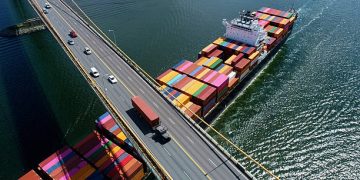Central banks in Asia are signaling deeper interest rate cuts as tariff pressures from the United States continue to weigh on regional growth and trade flows. The move underscores how monetary authorities are adjusting policy to counter slower exports and shifting demand patterns tied directly to tariff measures.
This week, Indonesia and New Zealand surprised markets by delivering sharper-than-expected rate reductions. Policymakers in both countries cited tariff-related risks as a central factor behind weaker global demand, noting that higher costs on traded goods are spilling into their domestic economies. Indonesia’s central bank cut its benchmark rate to sustain local investment and cushion supply chain disruptions, while New Zealand implemented an aggressive reduction to support its export-heavy industries.
Attention now turns to South Korea and the Philippines, where central bank meetings are scheduled in the coming days. Both economies remain highly exposed to tariff-driven volatility in global supply chains, making them potential candidates for additional easing. Market analysts suggest that South Korea, with its dependence on technology exports, and the Philippines, with its agricultural and manufacturing base, are particularly vulnerable to shifts in U.S. tariff policy.
Economists warn that tariffs have a twofold effect on Asian economies. On one hand, they directly reduce export competitiveness by raising prices of goods shipped abroad. On the other, they dampen global investment sentiment, leading companies to delay expansion plans or reconfigure supply chains to navigate costlier trade routes. In this environment, monetary easing has become one of the few immediate tools to counter the drag on growth.
Still, rate cuts carry risks. Lower borrowing costs can stimulate domestic consumption and partially offset trade-related slowdowns, but they may also trigger capital outflows or stoke inflationary pressures. For now, central banks across Asia appear more focused on insulating their economies from tariff shocks, particularly as uncertainty around U.S. trade policies shows little sign of easing.
Financial markets have taken note of the policy shift. Investors are increasingly pricing in a cycle of synchronized rate cuts across Asia, reflecting expectations that tariff impacts will continue to ripple through supply chains and export markets. Analysts point out that coordinated monetary easing could soften the blow, but longer-term solutions may require more clarity on international tariff arrangements.
For businesses, the ongoing environment of elevated tariffs and shifting monetary policy presents both challenges and opportunities. Exporters face continued headwinds from reduced competitiveness, while local industries may benefit from lower borrowing costs to expand production for domestic markets. Supply chain adjustments, particularly the relocation of manufacturing to avoid tariff costs, are also expected to accelerate if tariff disputes persist.
The broader takeaway is clear: tariffs have become a central driver of monetary policy decisions in Asia. With global trade still constrained, regional central banks are positioning themselves to respond swiftly. The coming months will determine how deeply tariff-related headwinds reshape Asia’s growth trajectory and how far monetary easing can go in cushioning the impact.
#TariffsAndDuties #GlobalTrade #AsiaEconomy #SupplyChainNews #NewsUpdate

















